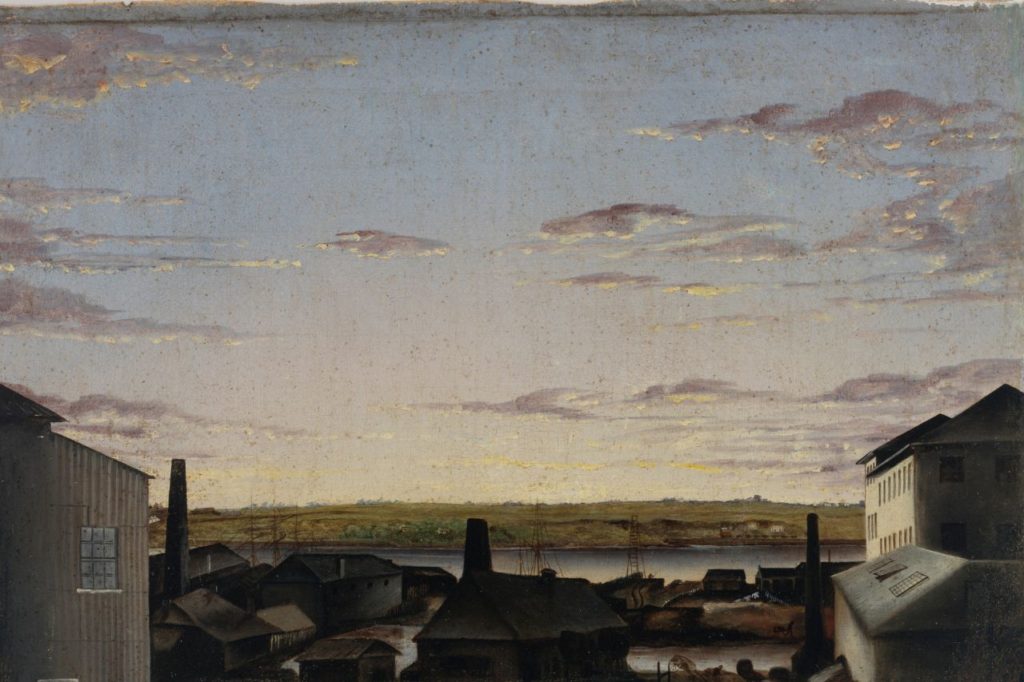
Mrs Major Stedman Christie (1805-1868)

Mrs Major Stedman Christie was born Charlotte Keegan in around 1805. She married John Stedman Christie of Stirlingshire Scotland on the 26th March 1826 at St James, Piccadilly. Christie was a Captain of Grenadiers H.R.M 79th Highlanders, and Major in the Portuguese service.
What brought Mrs Christie to Australia is unknown though it is likely that her husband was already dead by the time she shows up in Australian records in around 1842. She was educated on the Continent and was running a seminary for young ladies in Sydney, taking both boarders and day students. She offered an education in all the desired accomplishments including French, music, deportment, and drawing.
She ran her school from 1842 to 1859 during which she moved 11 times from one city location to another, mostly in and around Elizabeth Street. Whether this stemmed from financial considerations or through a necessity for growth is not known, though in 1857 much of her furniture and household possessions- including a pianoforte, cut glass and crockery was sold at auction. In 1847 she participated in the First Exhibition of the Society for the Promotion of Fine Arts in Australia showing a watercolour entitled Group of Flowers, No. 333 which the critics for the Sydney Morning Herald described as “delicately painted and beautifully grouped”. She submitted several more paintings to the second exhibition held in 1849. La Petite Coquette, no. 229, and La Filatrice Italiana, no. 230, were both described by the Sydney Morning Herald as being “pleasing copies. Rather too gaudy in colour to suit our somber tastes”. Other paintings of hers in this exhibition were Pirate, Portrait of Miss F.S, Portrait of Miss L.C (probably her daughter Louise Christie who was also an exhibitor), and The Greek Bride.
In 1850 she was admitted as a member of the Australian Artists’ Society and in March that year she won the prize for “best crayon drawing” and “best production of Australian Flowers (watercolours) at the Grocott’s first Art Union, and in July submitted another crayon drawing, this time “a Head”.
Louise Christie married three times during her life. Her first husband was Friedrick Friederichs, who she married in Bathurst in 1857. Following his death, she married a miner, George Reuscher, in Queensland in 1869. He died from heart disease in 1881 at the age of 43, and in 1884 Louise married John Jackson.
By 1860, Mrs Christie had closed her school and left Sydney for Queensland, probably to be closer to her daughter. In around August of 1868, she had taken a post as governess to a Mr Phillip Hardy, a publican in Westwood, whose previous governess had broken their contract and left abruptly amidst claims of sexual harassment. After only 4 months, Mrs Steadman became unwell and was conveyed to the railway station in the company of a young woman by the name of Margaret Ohi in order to seek medical attention in Rockhampton. Sadly, she lost consciousness and died shortly after their departure from Stanwell on the 28th December 1868. An inquest determined she died from heart disease, “accelerated, no doubt, by the motion of the train.”
Louise Jackson passed away on the 1st April 1890. It appears as though she gave birth to two sons, though neither survived her.
Only one artwork has surfaced that is believed to be attributed to the hand of Mrs Steadman Christie – Barker’s Mills, Pyrmont. 1859 / Christie. In the collection of the State Library of NSW https://collection.sl.nsw.gov.au/record/9gkdjbp9#viewer
Her other works have sadly been lost to history.
